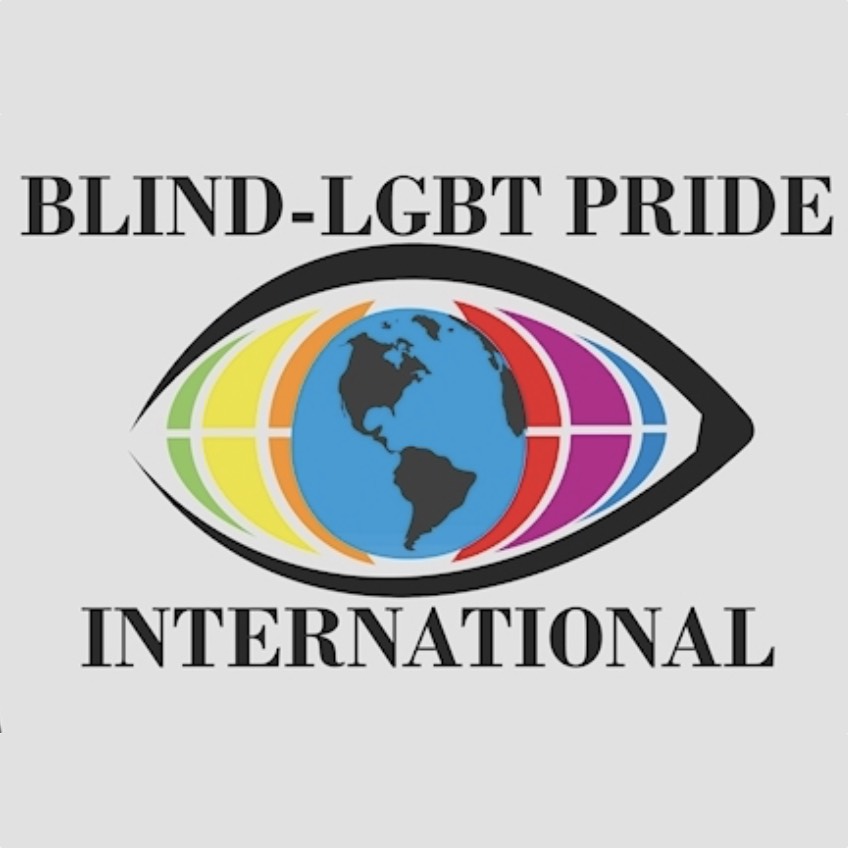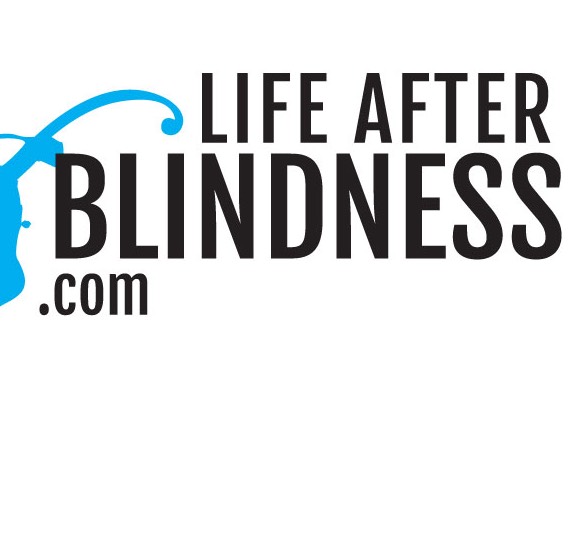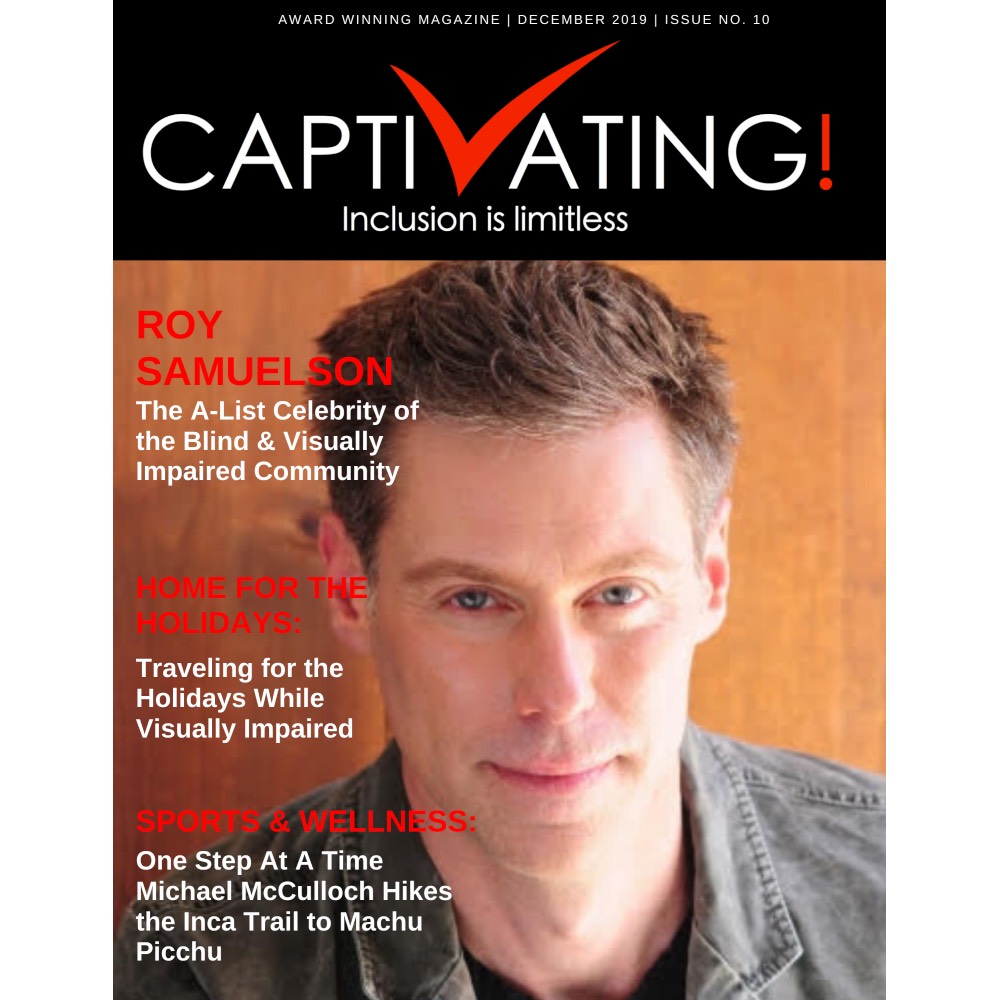March 4, 2020 – Audio Description: A Professional Perspective (Part 2 of 2)
This episode of the Nation’s Blind Podcast is the second of two episodes exploring the topic of audio description. Chris Danielsen chats with Roy Samuelson, voiceover artist and audio description narrator for hit shows like NCIS and Star Trek, Picard, and major motion pictures like the Oscar-nominated 1917. Roy talks about how he discovered the field of audio description, his evolution from narrator to passionate advocate, how collaboration with the blind people who make up the audience is essential to quality audio description, and how blind people can and should become involved in its creation and production.



